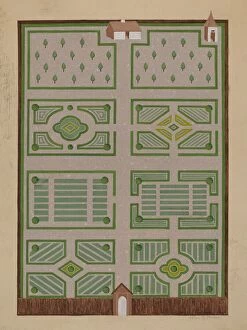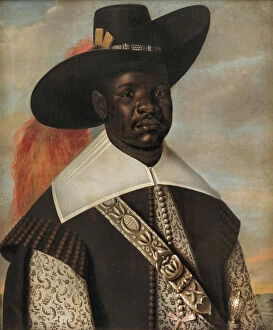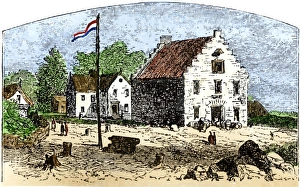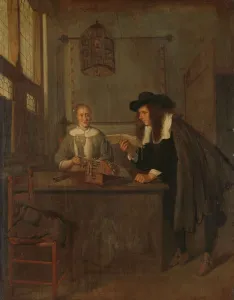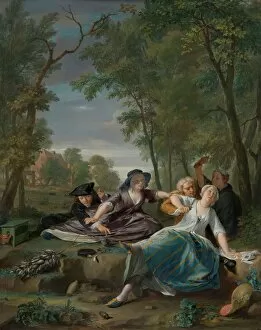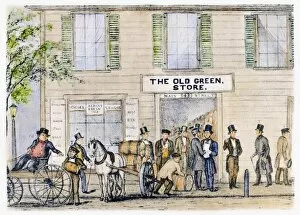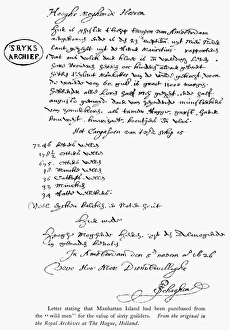West India Company Collection
The West India Company
All Professionally Made to Order for Quick Shipping
The West India Company: A Glimpse into Colonial Power and Exploitation Step back in time and explore the captivating world of the West India Company through a collection of remarkable artworks. From servants in livery to grand portraits, from dioramas to landscapes, each piece tells a unique story about this influential colonial enterprise. In 1621, the West India House was established in Amsterdam as the headquarters of this powerful trading company. An etching from 1623-26 depicts its imposing structure, symbolizing the immense wealth and influence it commanded. One portrait that catches our eye is that of Thomas Ernsthuys, created between 1684-90. This engraving showcases his dignified presence, reflecting his role as an important figure within the company's hierarchy. As we delve deeper into these historical artifacts, we encounter Margaretha van Raephorst's oil painting from 1668. The canvas portrays her with elegance and opulence—a testament to how fortunes were amassed through exploitative practices during this era. Moving beyond Europe, a diorama takes us on a visual journey to Suriname's Zeezigt coffee and cotton plantation around 1815-21. Crafted meticulously with wood and painted paper, it provides insight into the labor-intensive operations that fueled profits for the company. A watercolor painting by an unknown artist captures Paramaribo city and Fort Zeelandia in 1772. It offers glimpses of urban development under Dutch rule while also hinting at tensions arising from colonization. Another striking artwork is Jacobus Elisa Johannes Capitein's etching dating back to approximately 1742. As one of few African-born individuals who rose through society ranks during this period, Capitein challenges preconceived notions about race within colonial structures. Landscape paintings transport us across continents; one such example is "Landscape in Brazil" from 1652.

